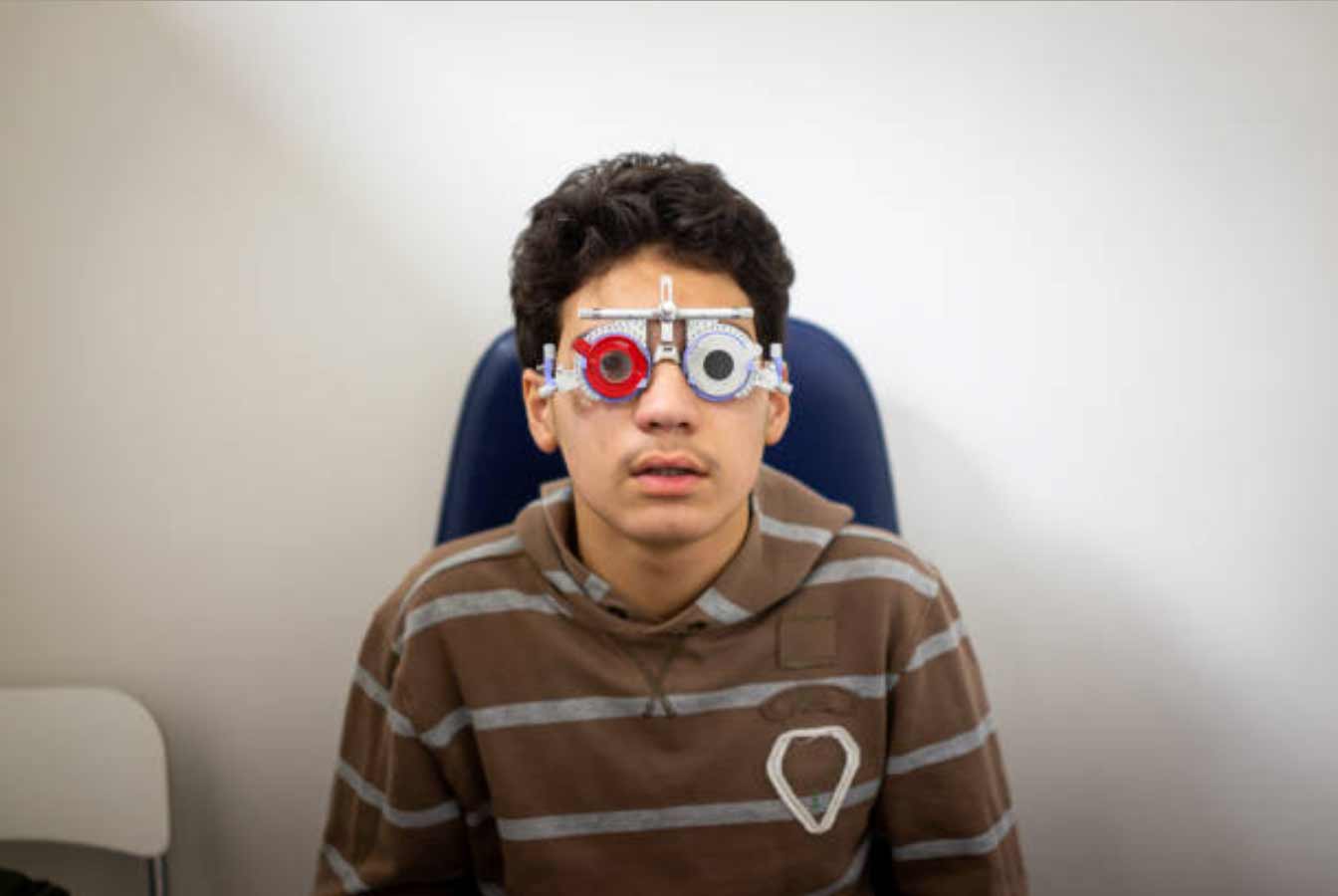 |
|
A recent study found that shifts in the setting of care delivery in vision examinations for teenagers may create barriers for those who have difficulty accessing specialty care. Photo: Getty Images. |
Ocular conditions such as untreated refractive error, amblyopia and strabismus are fairly easy to identify in a simple vision exam, and early diagnosis in an affected child can have long-lasting positive consequences on their development and quality of life. However, few states have mandates for vision testing in adolescents compared with early school-aged children, often allowing vision impairment to go undetected.
Using a nationally representative cohort population in the US, researchers in Boston evaluated the settings in which vision evaluations are performed, the patterns in vision testing as a function of age, and the sociodemographic factors associated with vision testing. They found that vision testing in adolescents decreased as a function of age due to fewer reported tests being performed in primary care and school-based settings. Also, those from disadvantaged families were less likely to report receiving vision testing in clinical settings.1
A total of 24,752 adolescent children (aged 12 to <18 years) were included in this study, which was recently published in JAMA Ophthalmology. The median age was 14, and 51% were male.
Vision testing in any setting within the previous year was reported by caregivers of 74% of adolescents. Testing was reported to have occurred at an eye clinic in 51% of these participants, 22% at a primary care clinic, 11% at a school and 4% at a health center. The percentage of adolescents reported to have vision tested decreased with age (−1.3% per year) due to a decrease in testing in primary care and school settings.
After adjusting for age and sex, the researchers found that there were lower odds of vision testing reported for adolescents who were uninsured vs. insured (adjusted odds ratio [AOR]: 0.81), had caregivers with less than vs. greater than high school education (AOR: 0.89) and were from a family born outside vs. inside the US (AOR: 0.90).
“Efforts to expand the role of school-based vision testing for older adolescents from disadvantaged backgrounds may enable opportunities to address disparities in untreated refractive error,” the authors wrote in their paper.1
The authors of a commentary also published in JAMA Ophthalmology noted that, “Among socioeconomically disadvantaged adolescents, no difference in reported vision testing was observed when it occurred within the school setting.” They proposed that this suggests that schools may play an important role as an equalizer in bridging the gap to vision services, especially in adolescents.2
“Within the school setting, efforts should be made to develop age-appropriate, culturally competent educational resources in multiple languages to promote eye health literacy among students and their parents,” the commentary authors wrote. “This is especially salient for the adolescent population who are key advocates for their own health care needs.”2
1. Oke I, Slopen N, Hunder DG, Wu AC. Vision testing for adolescents in the US. JAMA Ophthalmology. October 12, 2023. [Epub ahead of print]. 2. Collins ME, Antionio-Aguirre B. Bridging the gap in adolescent vision care through schools JAMA Ophthalmol. October 12, 2023. [Epub ahead of print]. |

